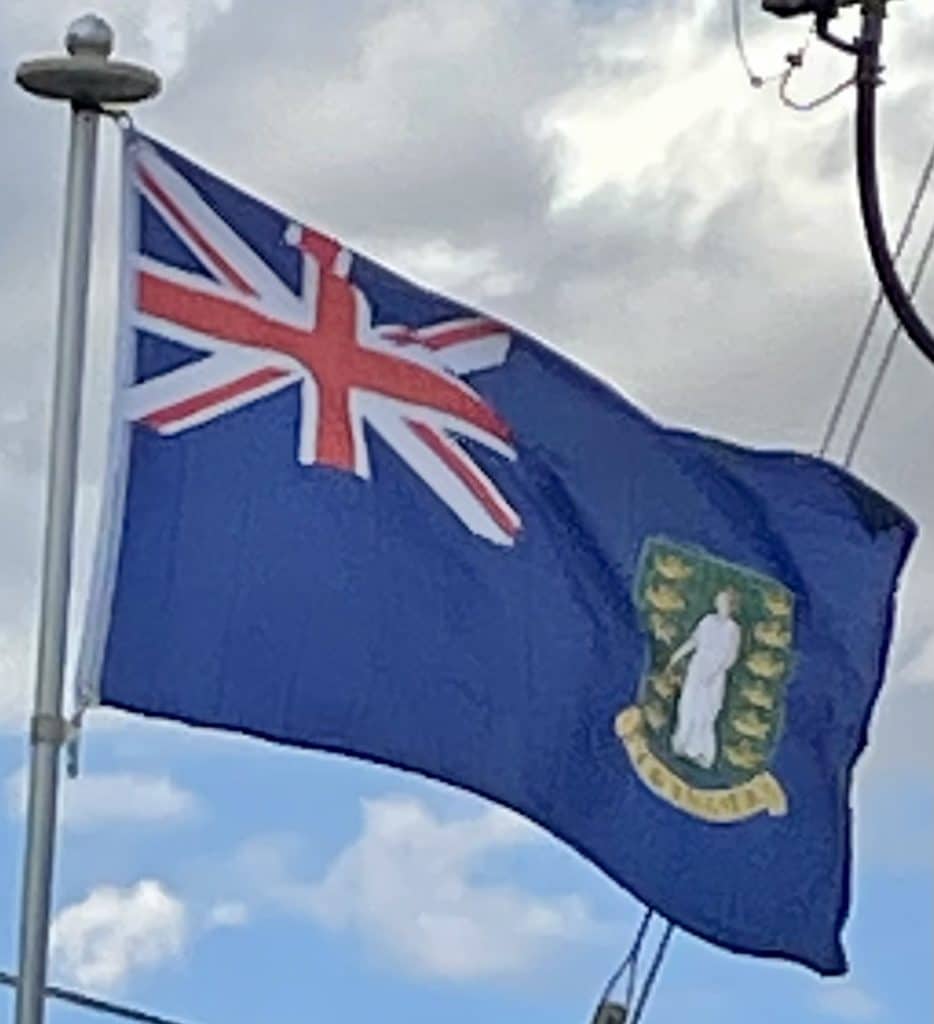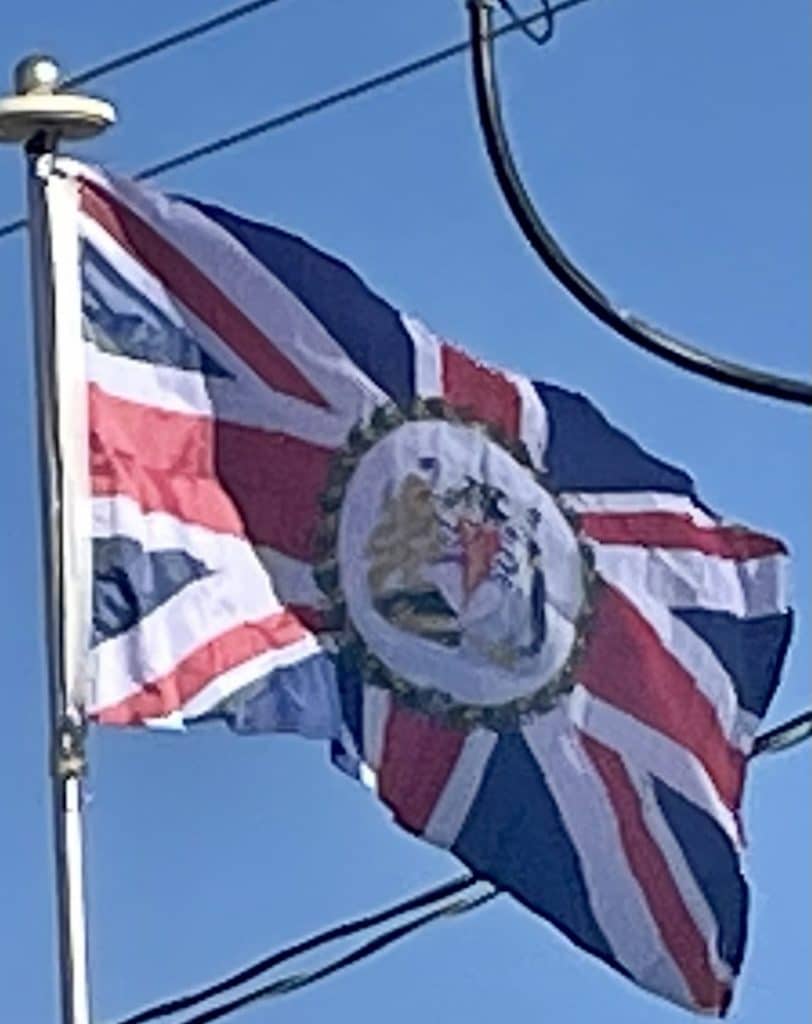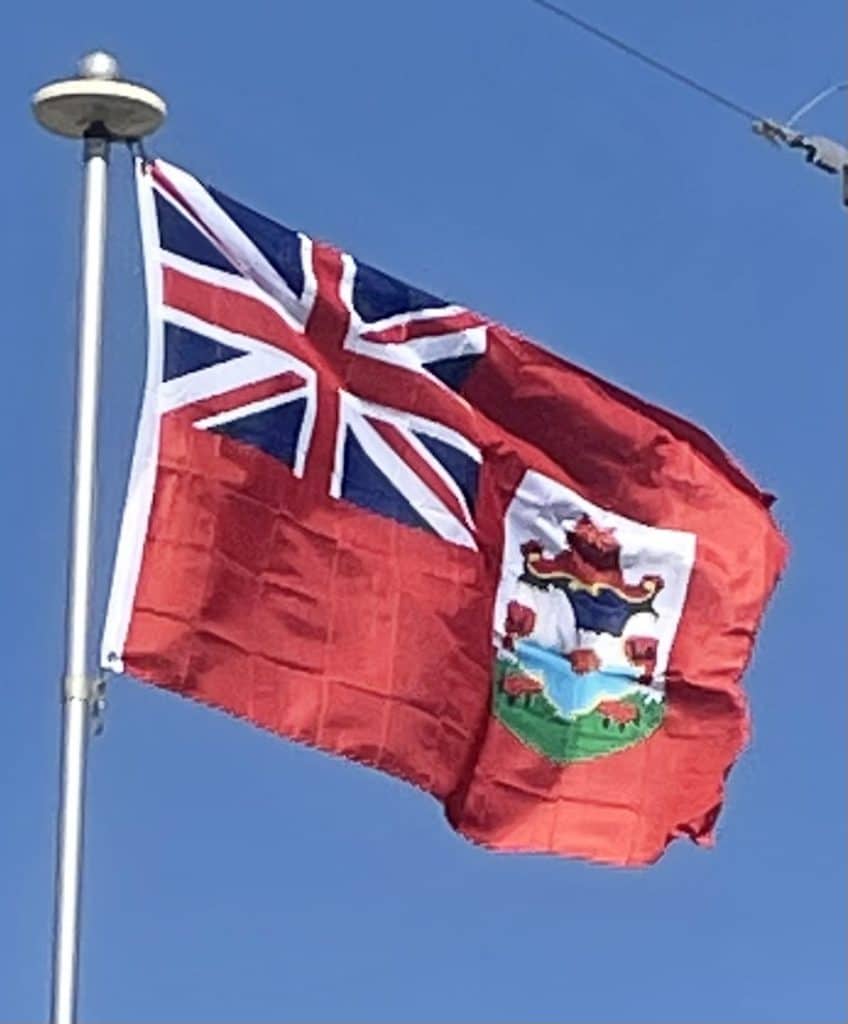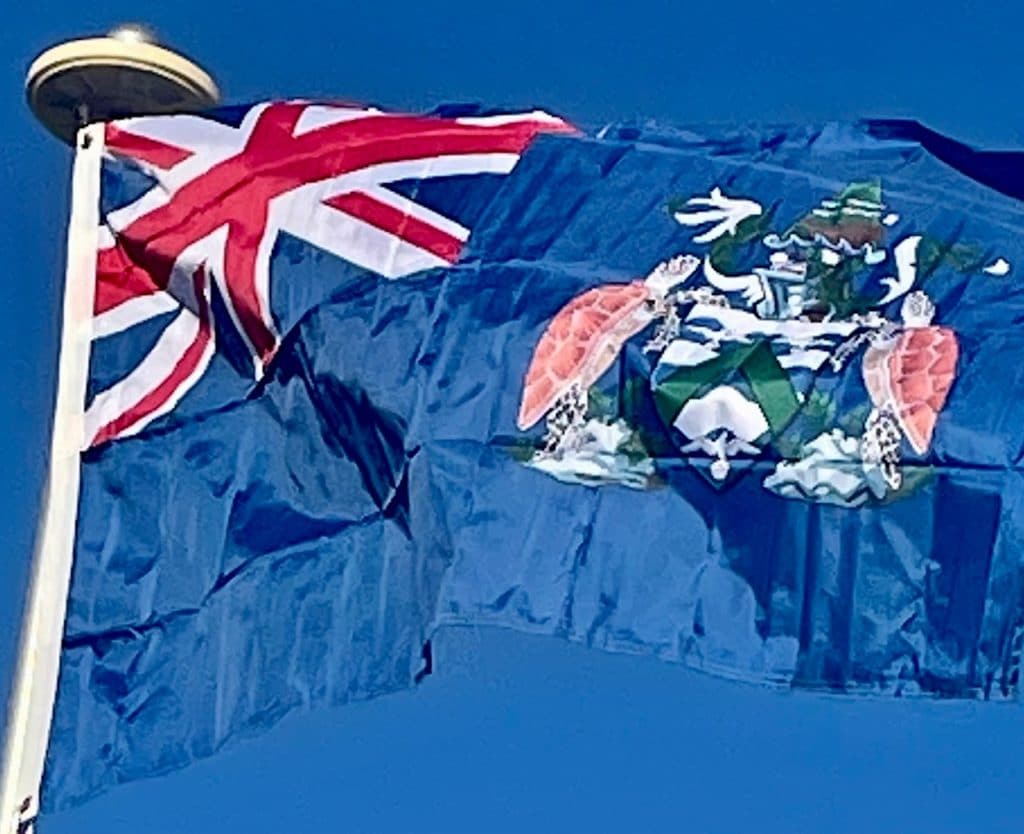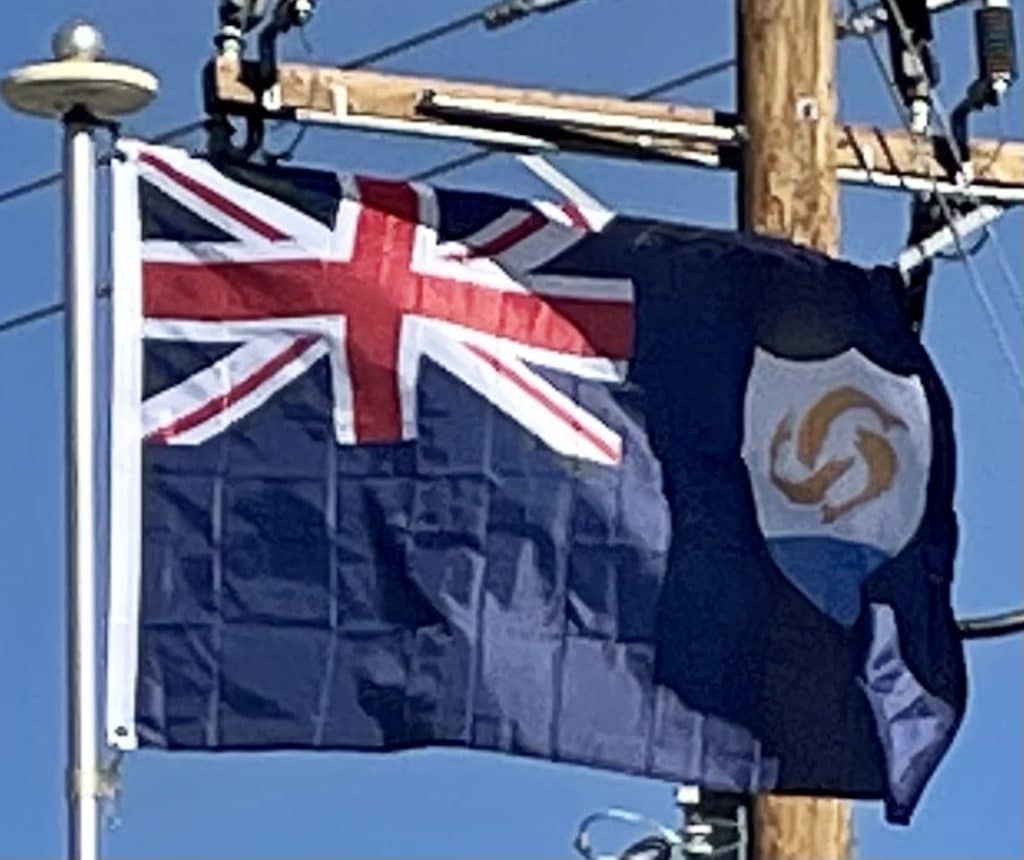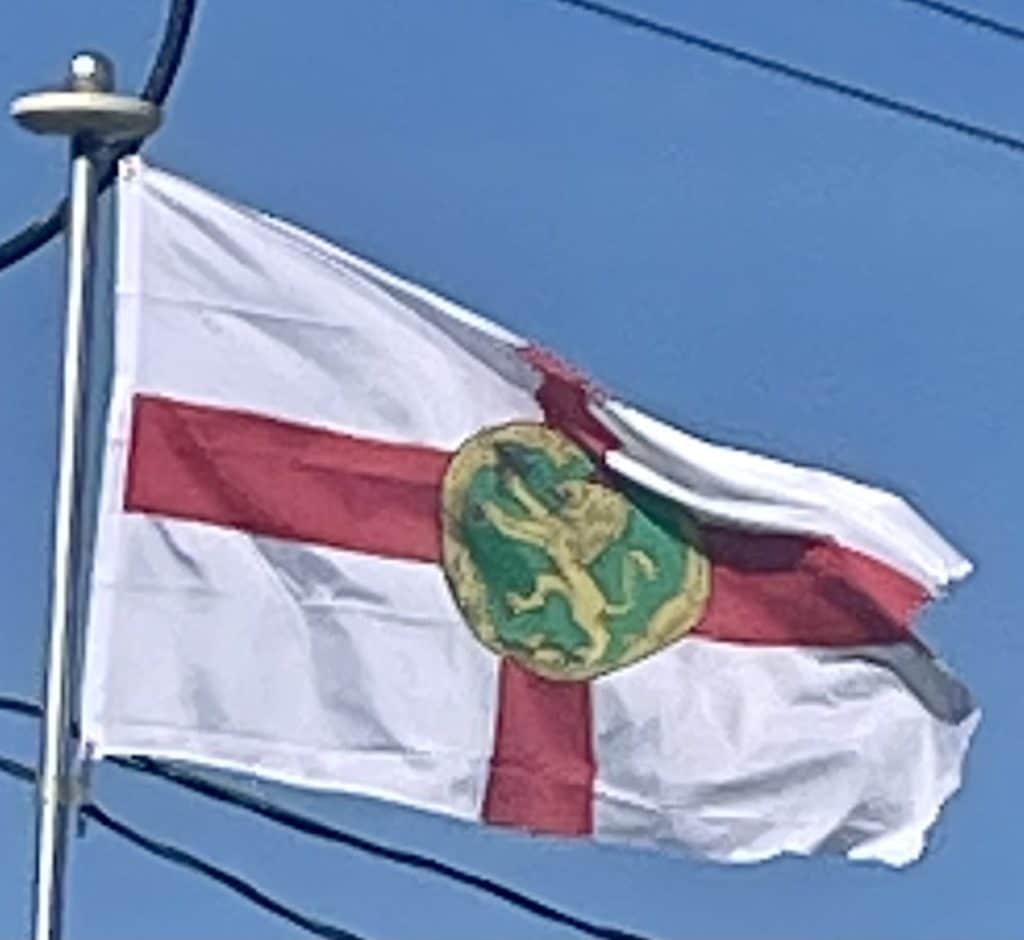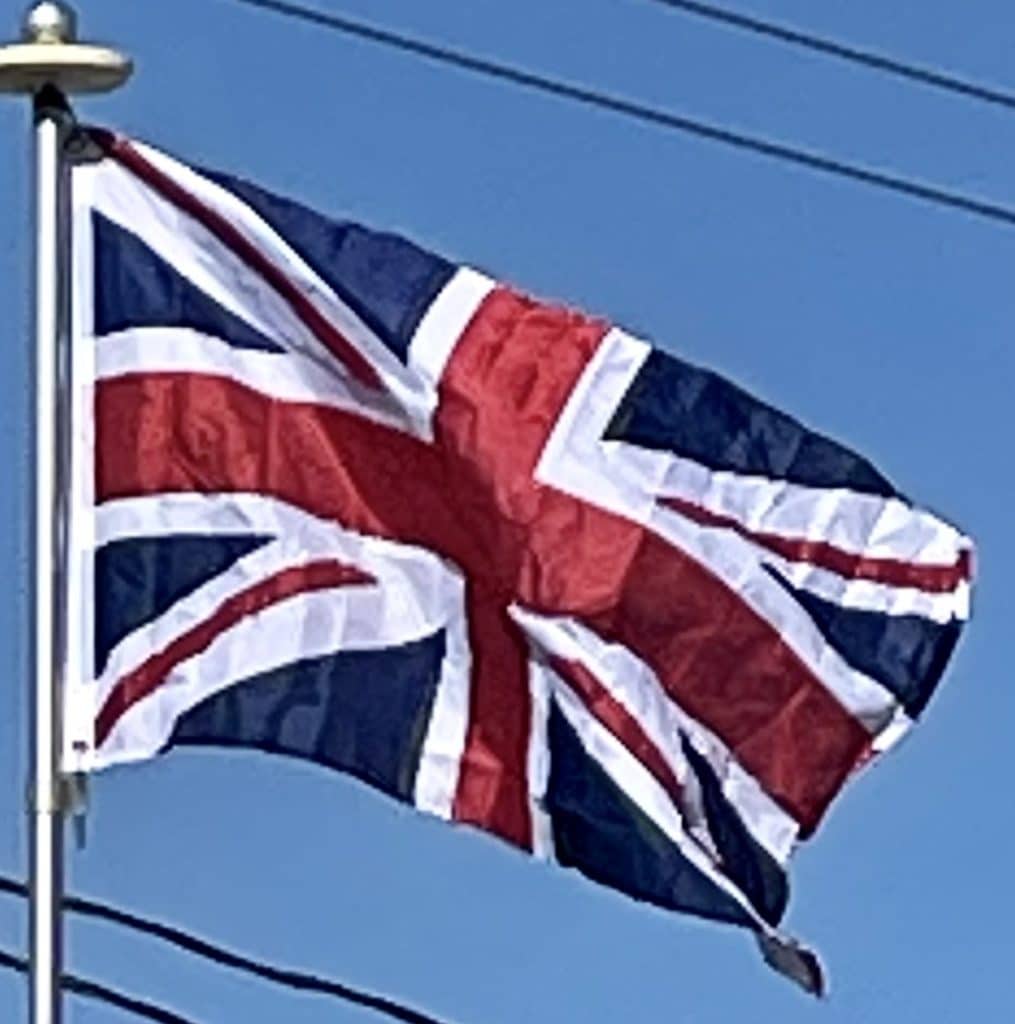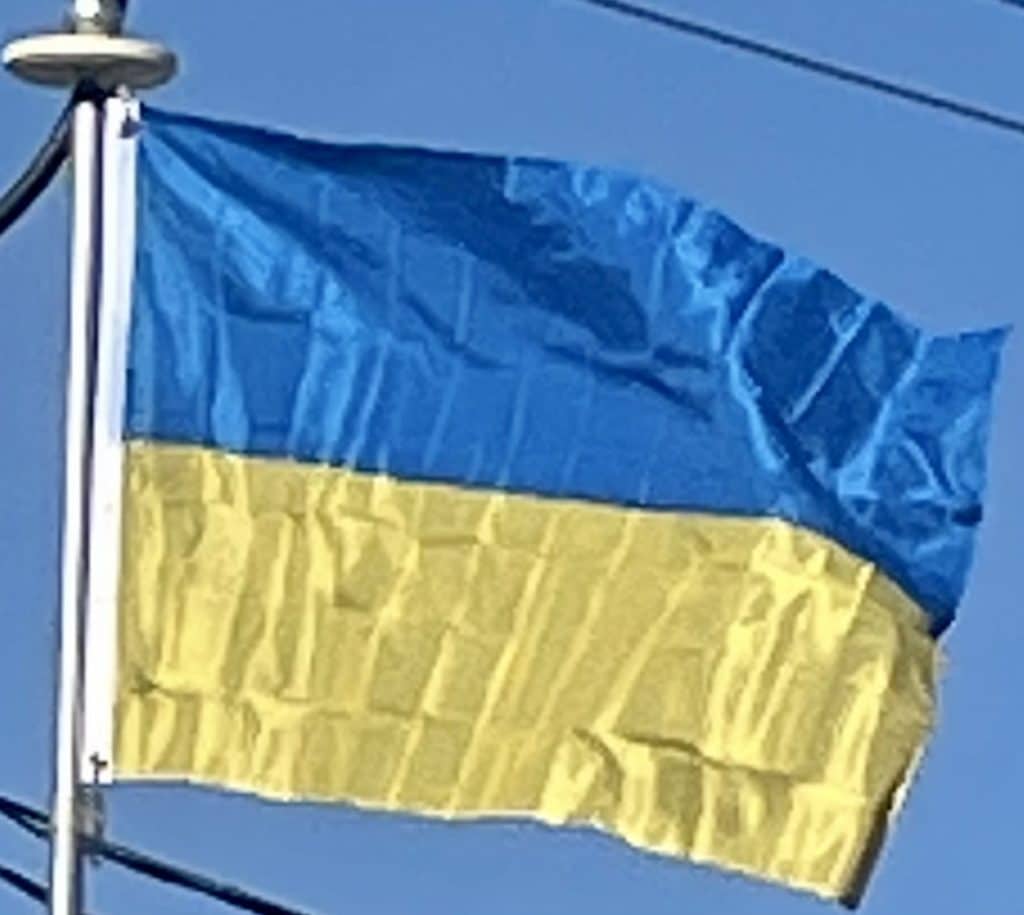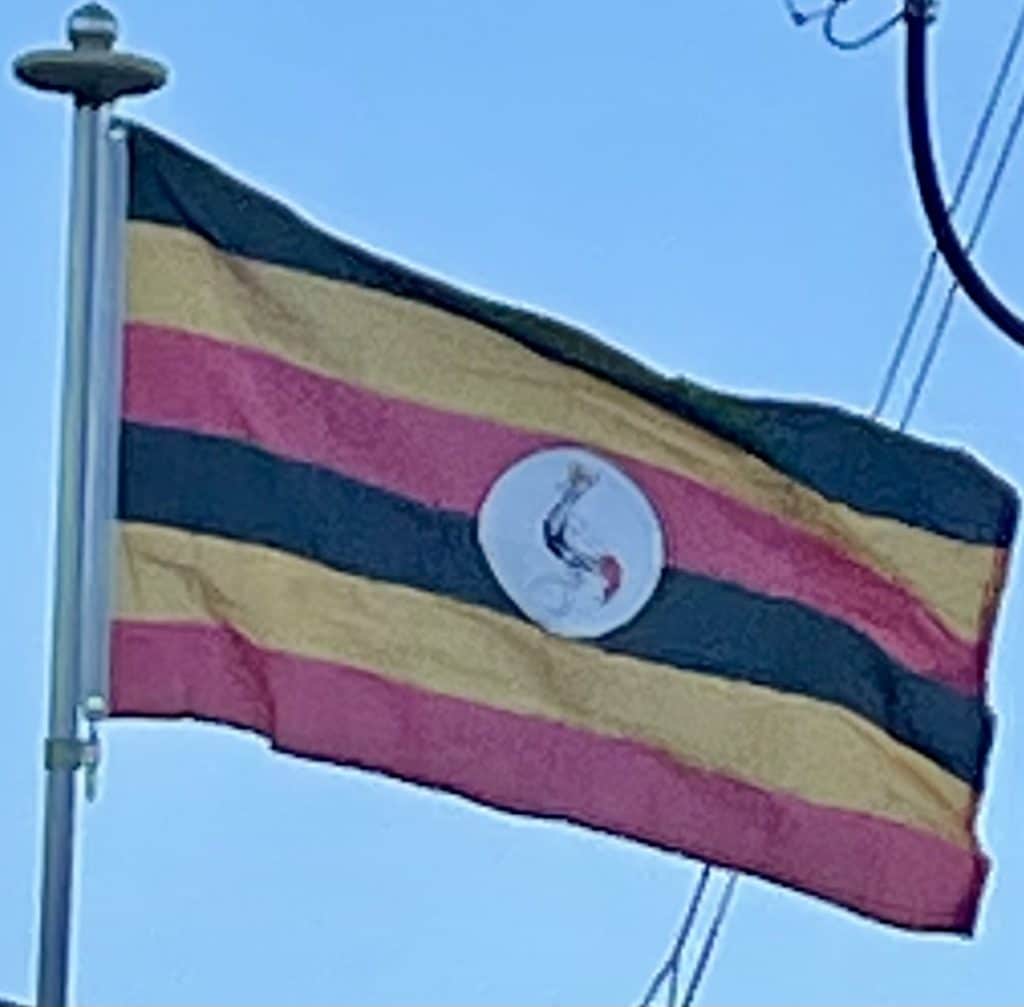transportation
Bermuda
The flag of the British Overseas Territory of Bermuda as a red ensign was first adopted on 4 October 1910. It is a British Red Ensign with the Union Flag (which is the national flag) in the upper left corner, and the coat of arms of Bermuda in the lower right. Prior to this like most of the British colonies at the time it adopted a blue ensign with a seal that depicted a dry dock with three sailing ships. In 1999, the flag was changed to its current form, with an enlarged coat of arms.
Anguilla
The national flag of Anguilla, a British overseas territory, consists of a Blue Ensign with the British flag in the canton, charged with the coat of arms of Anguilla in the fly. The coat of arms consists of three dolphins in a circular formation, which were featured on the earlier Anguillan flag, and which stand for friendship, wisdom and strength. The white in the background stands for peace, and the light blue represents the sea, as well as faith, youth, and hope.
United Kingdom
The design of the Union Jack dates back to the Act of Union 1801 which united the Kingdom of Great Britain and the Kingdom of Ireland (previously in personal union) to create the United Kingdom of Great Britain and Ireland. The flag consists of the red cross of Saint George (patron saint of England), edged in white, superimposed on the Cross of St Patrick (patron saint of Ireland), which are superimposed on the Saltire of Saint Andrew (patron saint of Scotland). Wales is not represented in the Union Flag by Wales’s patron saint, Saint David, because the flag was designed while Wales was part of the Kingdom of England.
United Arab Emirates (UAE)
The flag of the United Arab Emirates contains the Pan-Arab colors red, green, white, and black. It was designed in 1971 by Abdullah Mohammed Al Maainah, who was 19 years old at that time, and was adopted on 2 December 1971.[1][2] The main theme of the flag’s four colors is the unity of Arab nations.
Ukraine
The flag of Ukraine is a banner of two equally sized horizontal bands of blue and yellow (Constitution of Ukraine, Article 20). The top represents sky and the yellow represents wheat. The combination of blue and yellow as a symbol of Ukrainian lands comes from the flag of the Kingdom of Galicia–Volhynia used in the 12th century. As a national flag, the blue and yellow bicolour has been officially used since the 1848 Spring of Nations, when it was hoisted over the Lviv Rathaus. It was officially adopted as a state flag for the first time in 1918 by the short-lived West Ukrainian People’s Republic and subsequently used by the Ukrainian People’s Republic. When Ukraine was part of the Soviet Union, the flag was outlawed and, before 1949, there was no official state flag until adoption of the red-azure flag of the Ukrainian SSR. The blue and yellow flag was provisionally adopted for official ceremonies in September 1991 following Ukrainian independence, before finally officially being restored on 28 January 1992 by the parliament of Ukraine.
Uganda
The flag of Uganda was adopted on 9 October 1962, the date that Uganda became independent from the British Empire. It consists of six equal horizontal bands of black (top), yellow, red, black, yellow, and red (bottom); a white disc is superimposed at the center and depicts the national symbol, a grey crowned crane, facing the hoist side.
